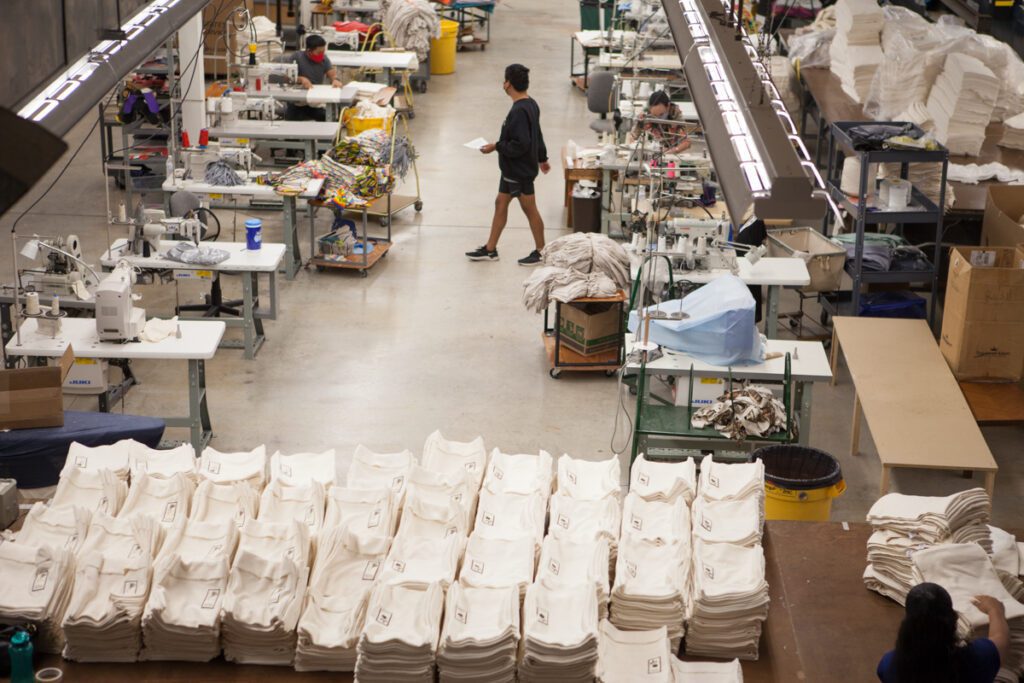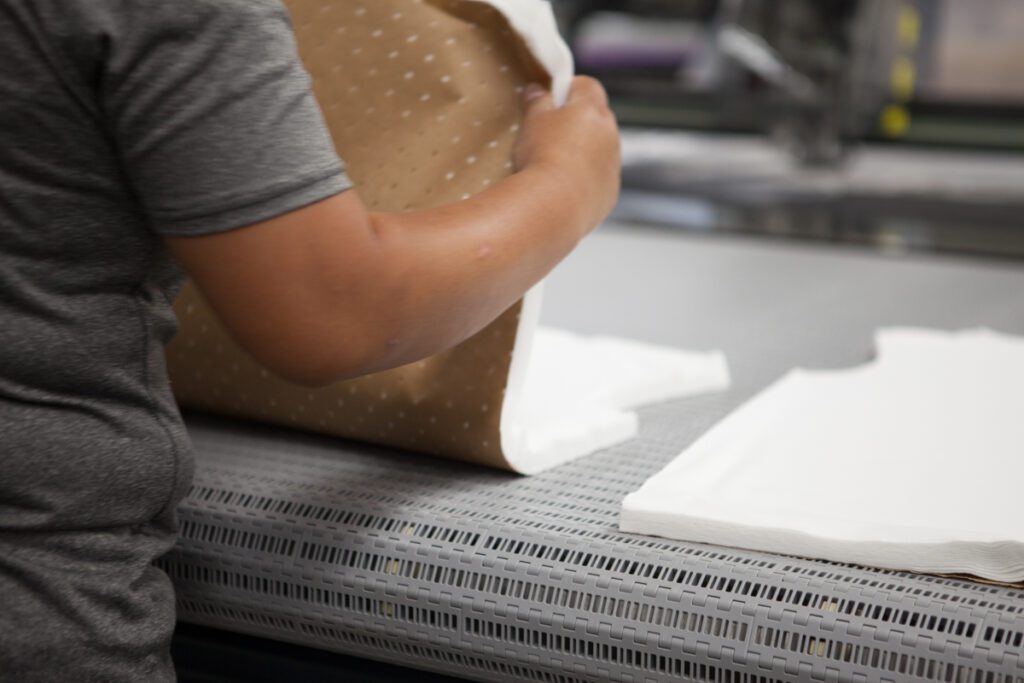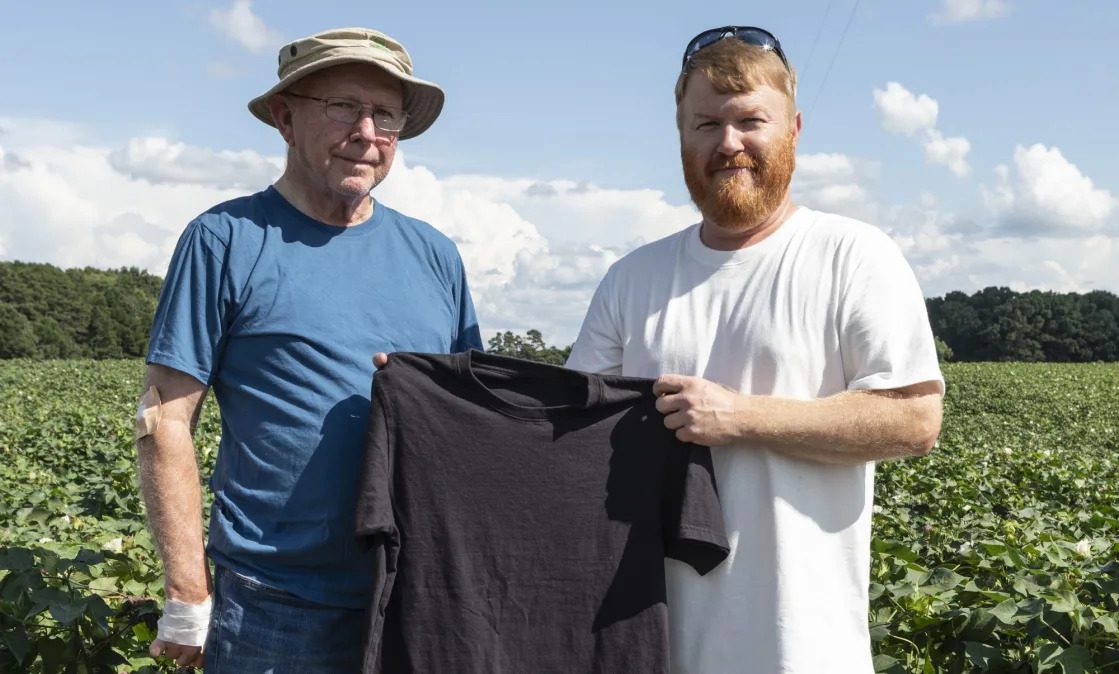Fashion is a fickle industry if you’re looking for sustainability. Part of it is due to the nature of the craft. Experimentation is everything, and an unfortunate byproduct of constantly pushing new boundaries is a buildup of ideas — and loads of fabrics, dyes, water, and greenhouse gas emissions — that missed the mark.
This excess isn’t limited to the designers, either. Consumers experiment quite a bit themselves. For every cheap shirt that was greenlit by an army of focus groups, there is an indecisive customer out there who saw the $7.99 asking price and thought, “eh, why not!” only to throw it out after two wears. According to a 2018 study, 80 billion pieces of new clothing are purchased each year globally, translating to $1.2 trillion annually for the global fashion industry.
However, there is one silver lining about the business. Like any creative-dominated space, fashion is hardly a place where the status quo remains the status quo for years. Many out there believe that the “fast fashion” that currently dominates our clothing interests is just like any other trend rather than a core industry mechanism that cannot be substituted.

Sure, fabrics will cost a bit more, but consumers can make these purchases in good conscience. A future where apparel comes at a higher average quality while being free of exploitation and helping the environment is one that designer startups like Solid State Clothing believe to be not only possible but likely.
The Burlington, NC-based startup claims to source 100% of all materials ethically and sustainably. The cotton used to make the t-shirts comes from farms no more than 600 miles away, a massive upgrade over the industry norm.
“Normally you’re looking at a t-shirt that’s probably going to travel 13,000 to 15,000 miles,” said Eric Henry to Spectrum News 1. Henry, president of Solid State parent company TS Designs, says that lax standards for tagging clothing also present an inaccurate picture of where that fabric has actually been. “You have no idea what’s behind that supply chain. You’ll get that last country of origin where it’s made. It could say China, but it could be U.S. cotton.”
To Henry and the rest of the team, Solid State is taking a big swing on the idea that guilt-free and durable apparel will be looked upon favorably by younger, climate-interested generations.
“We want people to look at clothes as an investment,” he said. “Not just a spur-of-the-moment thing they wear three or four times and then throw away.” But where the fabric came from is just as much of a draw as its quality.
Most of the fashion industry’s biggest manufacturers have been able to “get away” with using cheap, outsourced labor for decades. This business model has long kept industry profits intact largely because of the blurred line between “cheap” and compulsory labor. However, companies have recently come under fire for the practice with an intensity that suggests the public has finally had enough.

“Consumers want to know where materials come from, how products are made, and whether the people involved are treated fairly,” stated a State of Fashion 2022 report from McKinsey & Company. “In response, more and more companies are expanding their sustainable assortments and working to boost the sustainability of their supply chains.”
Solid State aligns itself with this sentiment by giving consumers a choice where they previously felt they had none. “This is all done right here,” said Henry of the company’s domestic sourcing promise. “You’re investing in your local economy. All these people are in the Carolinas, so when you make this investment, you are supporting people that live in your community.”
He compared the change to the “farm-to-fork” movement that saw people taking the time to know where their community produce originated. “People realized the value of connecting with their local farmer and supporting that local farmer and understanding the whole food process,” he continued. “I think people are starting to take that relationship with clothes.”





